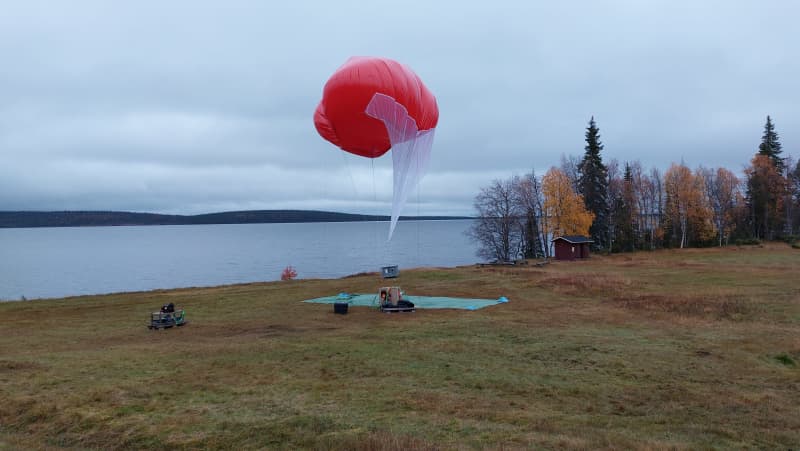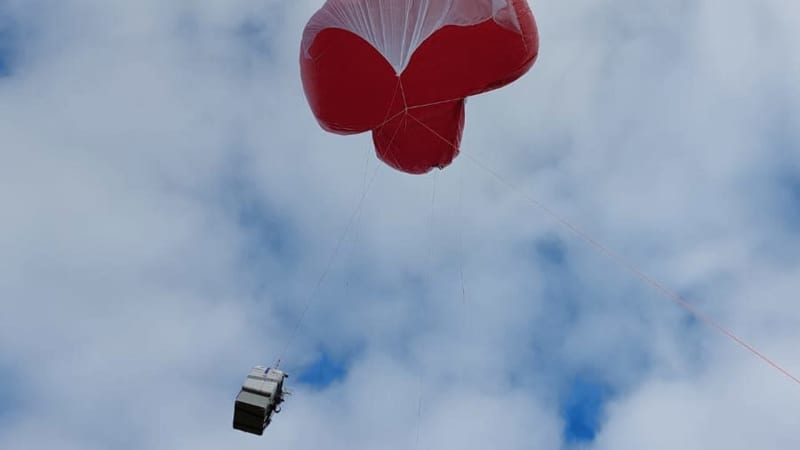The red research ball that escaped from Pallas on Monday is unlikely to be found intact. The device, which collects data on the interaction between aerosols and clouds, is thought to have drifted and disappeared into the Arctic Ocean.
The last sighting of a red ball by a member of the public was made in Lake Sevettijärvi on Monday evening after 8 pm.
– It must have been flying low to have lost some helium, Asmi says.
However, according to Asmi, it would be a miraculous coincidence if the ball were to be found.
– Of course, it could be that it has dropped in Norway, and someone might find it on a forest trip sometime, but is it intact? I don’t think so, he judged.

The Finnish Meteorological Institute has modeled the trajectory of the ball, but it is difficult to accurately assess the movements. The ball flew away with the air flow towards the northeast, and Asmi does not believe that it will be found in Lapland.
– 500 euros would probably go a long way, he says and refers to the promised finder’s reward for the ball.
The ball is part of international research
The lost dirt ball is related to a measurement campaign that studies the climate effects of aerosol particles at the Sammaltunturi research station in Pallas. Before the ball escaped, it was used to measure data for 18 days. In addition to the Finnish Meteorological Institute, researchers from Germany, Switzerland, Great Britain and Austria are participating in the campaign.
The specialty of the Pallas research station is the study of the interaction of aerosols and clouds.
Aerosol particles affect the formation, lifetime and radiation properties of clouds. The impact of aerosol particles on the climate through clouds is particularly poorly known, which causes great uncertainties in climate forecasts.
The station located at Mossamtunturi is often \”inside\” a cloud, which means that different methods can be used to study clouds and the particles that make them up.
According to the Finnish Meteorological Institute, the latest methods provide very detailed information about clouds and cloud-forming particles.
Direct measurement data are also collected from below the clouds, from the clouds and above them, using flameball and drone methods.

